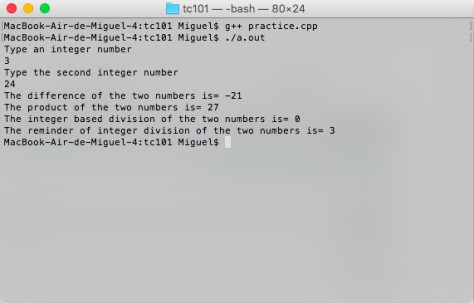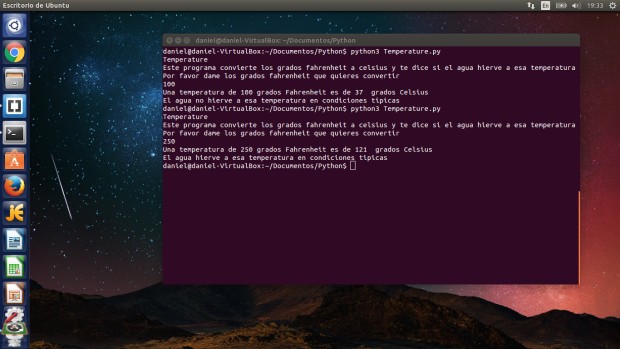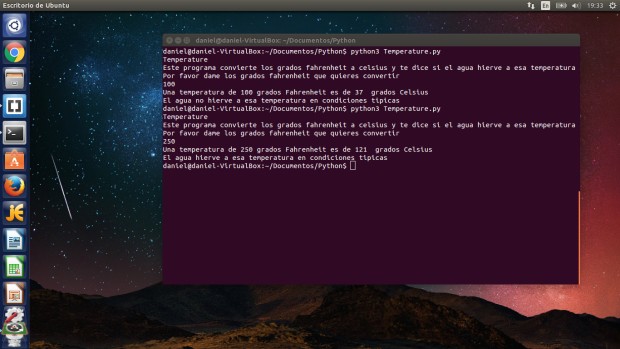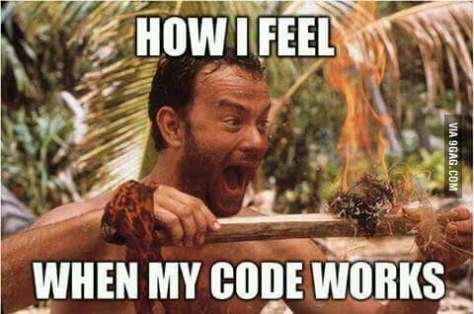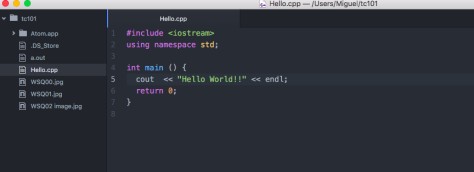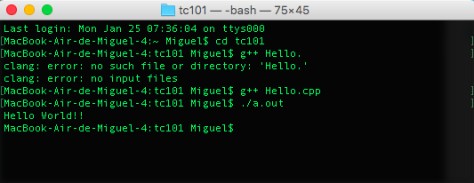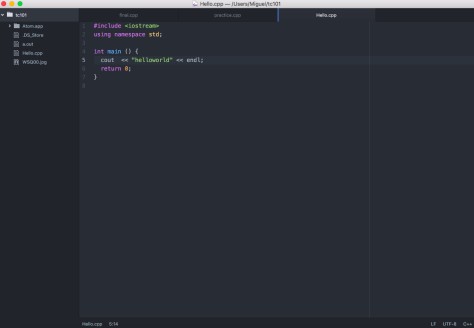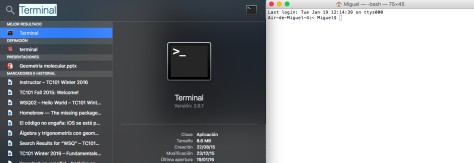“Fun With Numbers”
Esta vez tuve la oportunidad de trabajar con las operaciones aritméticas elementales y sus respectivas implicaciones aprendí sobre algunos nuevos comandos para trabajar en python. La info. la encontré aquí
“n”: Sirve para dar salto de linea al correr el código.
round: Que se expresa como round(número, cantidad de espacios decimales) sirve para redondear un resultado a la cantidad de dígitos decimales que se desee.
Cambien me encontré que en python tenemos: números enteros, números decimales (de punto flotante) y números complejos.
Los números enteros representan todos los números “Enteros” (positivos y negativos), ejemplo: 1, 0, -5 (Tipo de dato int)
Los números decimales son todos los números que contiene dígitos después de un punto decimal,ejemplo: 1.0 , -6.5, etc (tipo de dato Float).
Esta página fue de mucha ayuda
Aquí está mi código fuente:
print(“Fun With Numbers “)
print(“Este programa te ayuda a hacer la suma resta multiplicación división y residuo de 2 números n”)
print(“Necesito 2 números enteros, por favor dame el primero”)
numero1=int(input())
print(“Dame tu segundo número”)
numero2=int(input())
print(“La suma de”,numero1,“+”,numero2,“es:”, numero1 + numero2)
print(“La resta de”,numero1,“-“,numero2,“es:”, numero1 – numero2)
print(“La multiplicación de”,numero1,“x”,numero2,“es:”, numero1 * numero2)
print(“La división de”,numero1,“/”,numero2,”es:”, round(numero1 / numero2,2))
print(“El residuo de”,numero1,“/”, numero2, “es:”, numero1 % numero2)
Se puede ver también en github

Este libro también me resulto de mucha ayuda para comprender los tipos de Datos.
Arturo Fernández Montoro. (Junio 2012). Python 3 Al Descubierto. Pitágoras 1139, Col del Valle, México DF.: Alfaomega.






